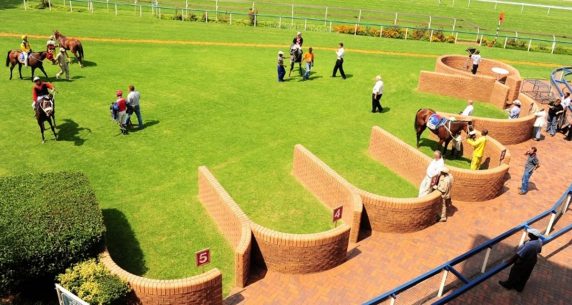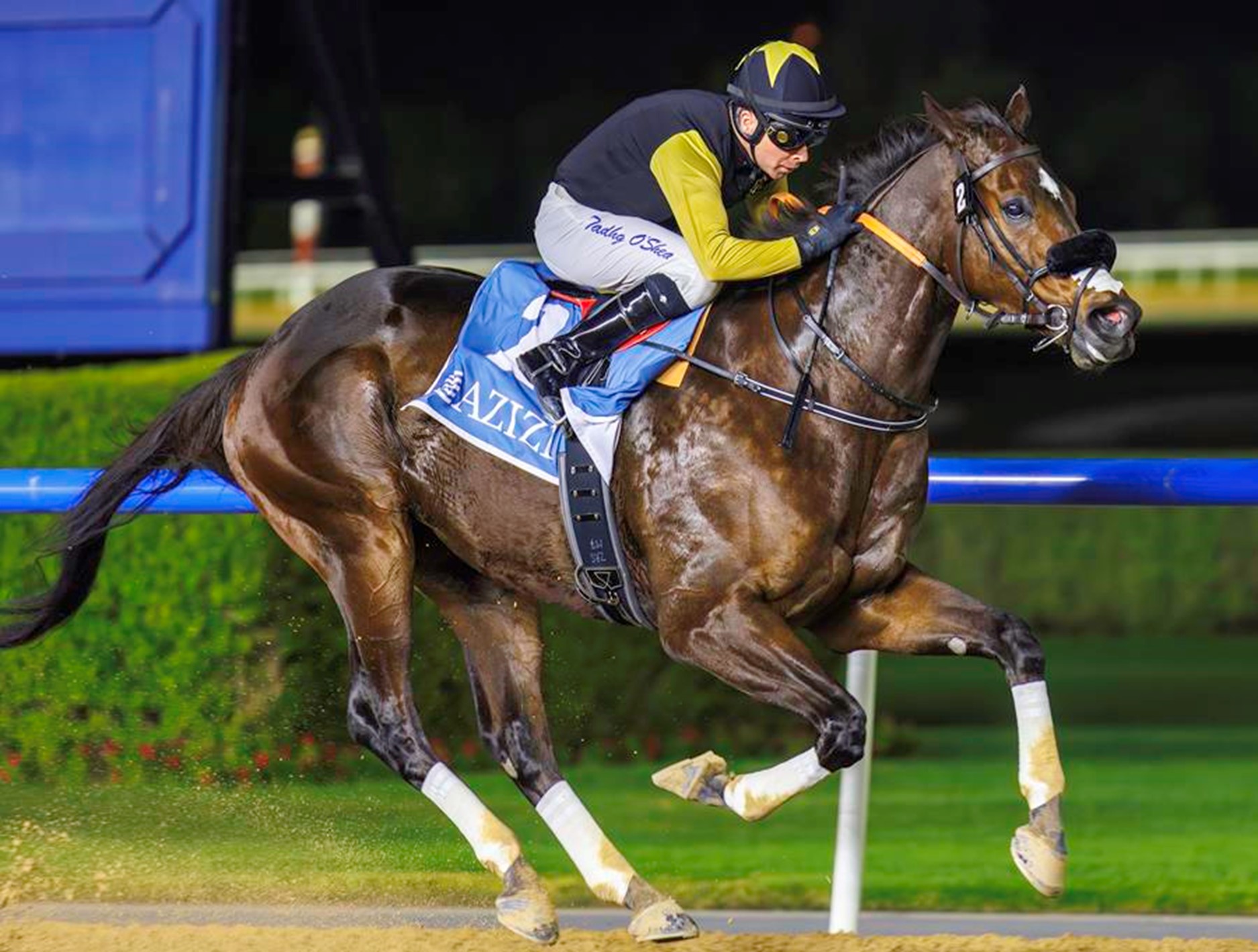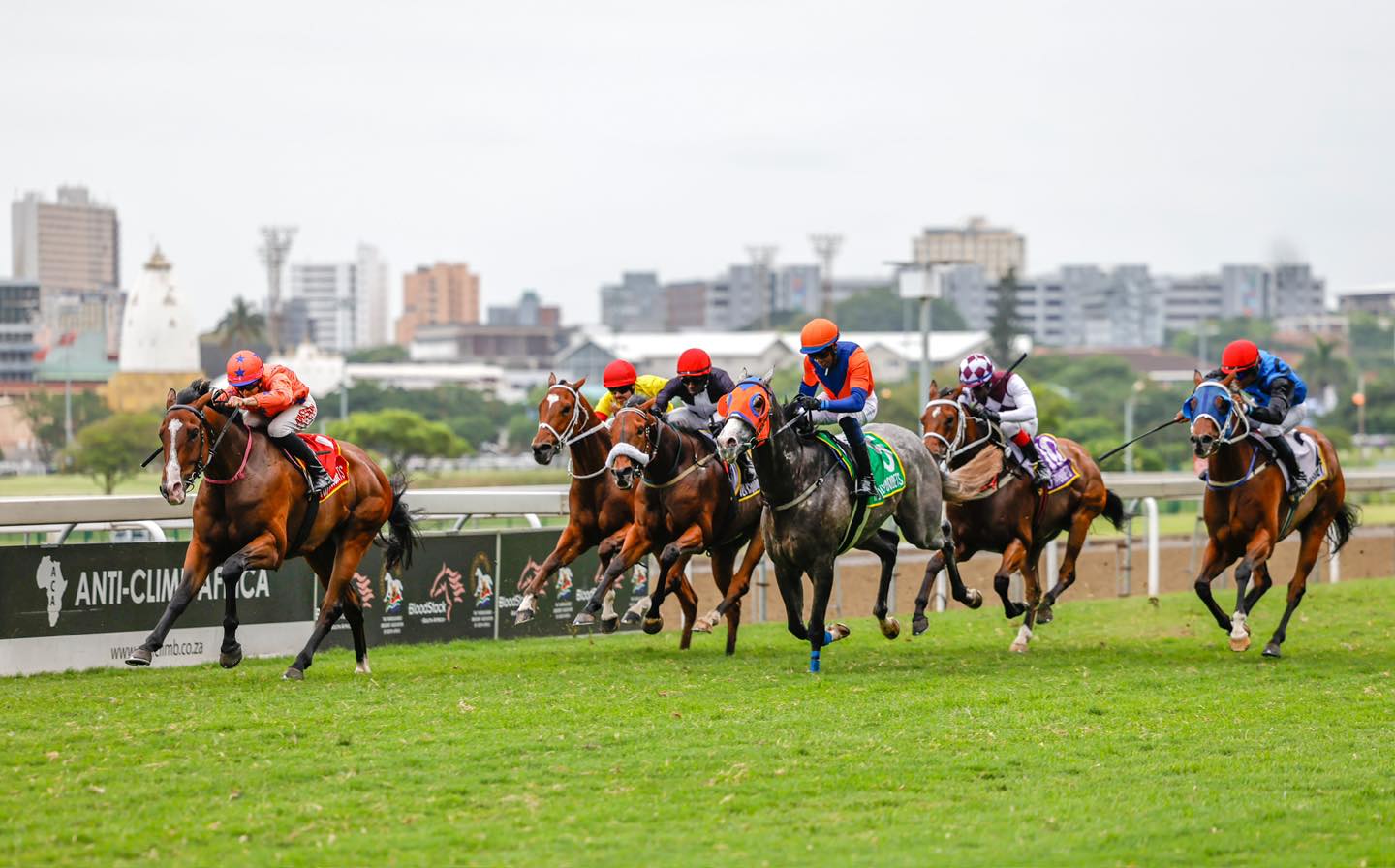Phumelela is set to revolutionise horseracing in the Eastern Cape with the installation of a Polytrack synthetic racetrack on the inside of the existing turf circuit at Fairview Racecourse in Port Elizabeth. Installation of the new track should begin within a few weeks and should take about eight months to complete.
A second racetrack at Fairview and the closure of the city other’s racing venue, Arlington, has long been a core element of Phumelela’s strategy to sustain horseracing in the region.
Nearly 70 race meetings are held in Port Elizabeth annually and, as things stand, this necessitates two racecourses in the city, namely Fairview and Arlington, because a turf racetrack cannot sustain more than 35 race meetings a year.
But to operate a racing venue on so few days a year makes no commercial sense given the huge investment in land and buildings and the maintenance costs.
Consequently Phumelela determined to install a second racetrack at Fairview in order to at least double the venue’s capacity for racing annually and to simultaneously cease racing at Arlington.
Such a principle has been successfully applied on the Highveld, where the installation of racing surfaces on the inside of existing racetracks at Turffontein and the Vaal has enabled the two venues to sustain the area’s racing programme, whereas four were needed historically.
The decision to go ahead with the installation of a Polytrack racing surface at Fairview follows Phumelela last November receiving long-awaited permission from the East Cape Gambling Board to close Arlington.
An EIA application for the synthetic racetrack at Fairview was later approved and Phumelela’s board of directors has now given the green light for the installation of the track. Confirmation of approval for a slight variation to the proposed track configuration is still being awaited.
In terms of the EIA approval, the project must begin by June and be completed within a year.
The total cost of the Polytrack will be R36 million. This is R6 million more than originally anticipated because a geo-technical survey has revealed that the base of the new track will have to be stabilised due to “swamp-like” conditions on the site.
An additional R4 million will be spent upgrading the grandstand facilities at Fairview, bringing the total cost of the project to R40 million.
Phumelela did consider installing a turf track on the inside of the existing circuit, which would have cost significantly less, but has opted for Polytrack for various reasons. The most important is that a synthetic track does not require water, which is critical in light of the history of drought conditions and water restrictions in the province. Other reasons include:
* Annual maintenance will be some R1.5 million less than turf
* Polytrack is an all-weather surface that will virtually eliminate the abandonment of races and enable more race meetings to be added to the fixture list in the region if desired
* Horses can be trained on the Polytrack, thus eliminating training schedules being interrupted by rain
Polytrack comprises a synthetic surface mixture laid on a vertical drainage system. The actual track or surface mixture is composed of recycled polypropylene fibres, recycled rubber and silica sand. All components are weighed, mixed and thoroughly coated with wax.
The wax coating prevents moisture absorption, allowing water to flow quickly into the vertical drainage system below, which comprises a layer of porous tarmac, drainage stone and a system of drainage pipes that carry water away from underneath the track.
The outcome is a kinder and more consistent surface than a conventional dirt or sand track because Polytrack’s unique cushioning effect reduces injuries to the back and legs.
Polytrack is proven to be more horse friendly than other racing surfaces based on a study completed in the USA relating to catastrophic breakdowns in races. There does however appear to be a higher incidence of soft tissue injuries, which result from a horse’s hooves not sliding forward on impact in the same way as on sand.
These injuries can be minimised by trainers adapting training methods, particularly in terms of giving horses time to become accustomed to the surface. Champion trainer Mike de Kock will explain the optimal methods for training on a synthetic surface on First Call on Tellytrack (channel 232 DStv) this Wednesday morning 25 April.








